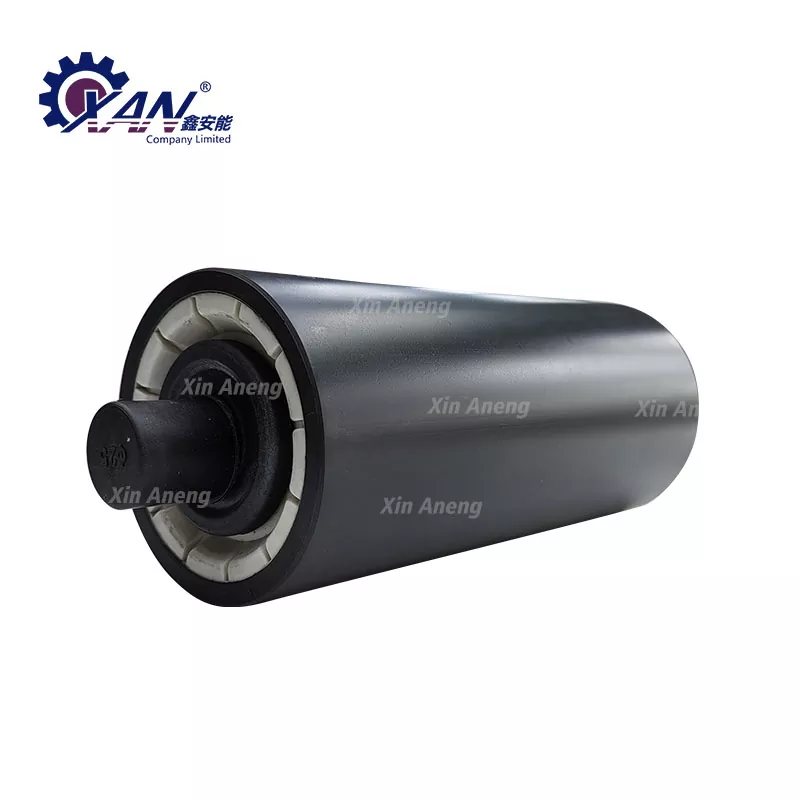Installing and Maintaining HDPE Idler Rollers: Best Practices for Longevity and Performance
2024-10-31
Proper installation and maintenance of HDPE idler rollers are vital for ensuring their longevity and optimal performance in material handling systems. This blog post will provide a comprehensive guide on the best practices for installing, maintaining, and troubleshooting HDPE idler rollers, helping users maximize their operational efficiency.
1. Installation of HDPE Idler Rollers
- Preparation: Before installation, inspect the idler rollers for any visible damage and ensure they meet the specifications required for your application.
- Alignment: Proper alignment of the idler rollers is crucial. Ensure that they are aligned with the conveyor belt and that the spacing between rollers is consistent to prevent belt misalignment and wear.
- Mounting: Use the appropriate mounting hardware for securing the rollers. Ensure that all bolts and fasteners are tightened to the manufacturer’s specifications to prevent loosening during operation.
- Testing: After installation, run the conveyor system at a low speed to test the rollers’ alignment and functionality. Listen for any unusual noises or vibrations that may indicate improper installation.
2. Maintenance of HDPE Idler Rollers
Regular maintenance is essential for prolonging the life of HDPE idler rollers:
- Routine Inspections: Conduct periodic inspections to check for wear, damage, or misalignment. Look for signs of abrasion or deformation on the rollers and surrounding components.
- Cleaning: Keep the rollers clean to prevent the accumulation of dirt, debris, or chemicals that could affect their performance. Use a mild detergent and a soft brush to clean the surfaces.
- Lubrication: While HDPE idler rollers typically require less maintenance than metal rollers, check any bearings or moving parts for proper lubrication. Follow the manufacturer's recommendations for lubrication intervals and types.
- Replacement: Replace any worn or damaged rollers promptly to prevent further issues. Keeping spare rollers on hand can minimize downtime during replacements.
3. Troubleshooting Common Issues
Even with proper installation and maintenance, problems can arise. Here are some common issues and their solutions:
- Belt Misalignment: If the conveyor belt is misaligned, check the alignment of the idler rollers. Adjust the positioning as needed to ensure a straight path for the belt.
- Excessive Wear: If you notice excessive wear on the rollers, consider checking for issues such as improper loading, debris accumulation, or misalignment. Addressing these factors can help extend the life of the rollers.
- Unusual Noises: Any strange noises coming from the rollers may indicate improper installation or a need for lubrication. Investigate and resolve the source of the noise promptly.
The installation and maintenance of HDPE idler rollers are critical for ensuring their longevity and performance in material handling applications. By following best practices for installation, conducting regular maintenance, and addressing common issues, users can enhance the efficiency of their conveyor systems.



